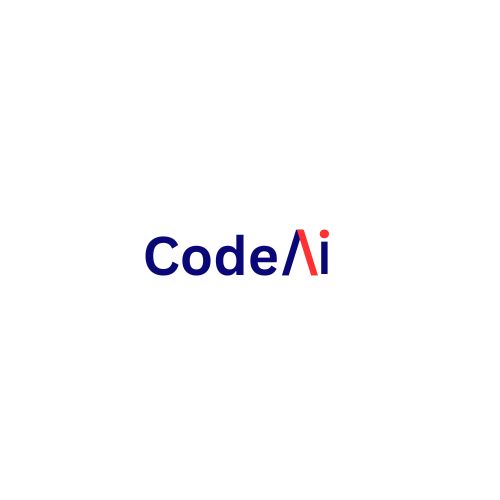Personalization Personalization is probably the biggest and most impactful way that AI and ML is changing the retail industry. Artificial intelligence continues to help retailers apply prompts and make personalized shopping experiences for clients. For instance, based on the aspects of customer interests, site visits and their past buying habits, AI systems can recommend those products a particular customer is likely to buy.
For instance, AI prompts can make product recommendations on e-commerce site more unique or even when the customer is physically inside the physical store during an open house based on self-service kiosks. The end-effect is that it leads to a more effective and interesting approach to shopping thus creating value and improving the ratio of conversion.
Real-Time Customer Support through Artificial Intelligence Chatbots Owing to the untapped potential of chatbots, the retailers continue to incorporate such tools into their stores. These are ML prompts well designed and allow these chatbots to correctly interpret customers’ inquiries and provide them with relevant answers about product availability, delivery, or return policy, etc.
Many of these chatbots are being developed with the use of AI prompts, to provide more personalized and natural dialogues, adapting to more difficult queries while maintaining the natural language processing of a human operator. This cuts down on customer waiting time, and at the same time, increases service delivery standards.
Prompts to AI and ML models are transforming how retailers are approaching demand forecasting and inventories. With historical data, seasonal data, and other inputs, AI has demonstrated its ability to forecast necessary demand for certain products with a high degree of precision to ensure that retailers do not overbuy or underbuy inventory.
This not only increases operational effectiveness but also the customer satisfaction because customers will find these particular products on the shelf next time they visit the store. Social media and chatbot prompts may also assist retailers in quickly locating poor selling items to reduce inventory, and subsequently waste.
The adoption of Artificial Intelligence and Machine Learning for Dynamic pricing models Retail industry is given below: By integrating an AI programming that conveys data relating to market trends, competitor’s price strategy, customer behaviour, and supply chain factors, retailers can optimize their options for real-time price changes. This keeps the retailers on their toes while at the same time reaching its’ set objectives of maximized profitability.
For instance, if a customer buys a product but unorders it, an AI notification initiates a price down or a sizeable discount. Such responsive pricing models as those discussed above are able to enhance a shopping experience and really boost sales.



I’m really inspired together with your writing skills and also with the layout for your blog.
Is this a paid subject or did you modify it yourself?
Anyway keep up the excellent quality writing, it is uncommon to look a
nice weblog like this one nowadays. Fiverr Affiliate!
Happy to dive into discussions, share thoughts, and learn something new as I go.
I enjoy hearing diverse viewpoints and contributing whenever I can. Always open to new ideas and building connections.
There’s my site-AutoMisto24
https://automisto24.com.ua/
https://uztm-ural.ru/
С психологом онлайн вы найдете гармонию.
Обращайтесь за помощью! https://t.me/Asiapsi